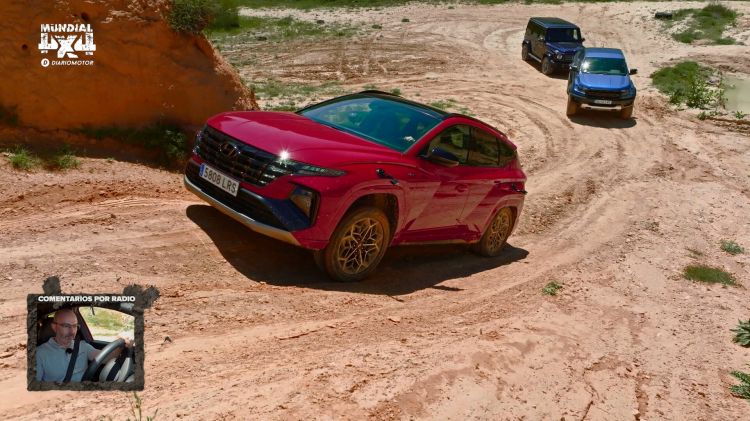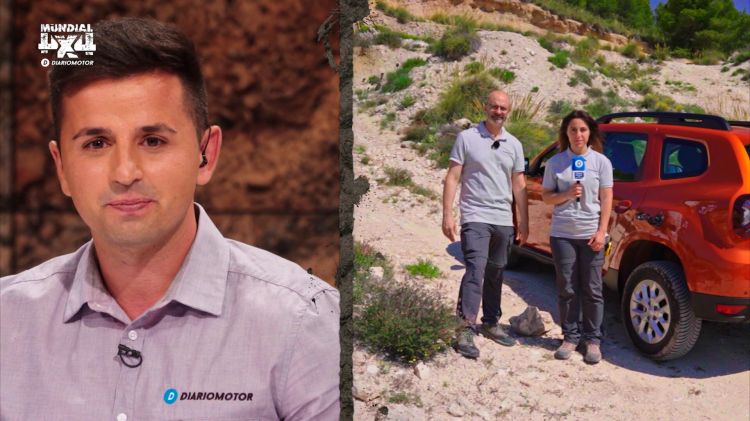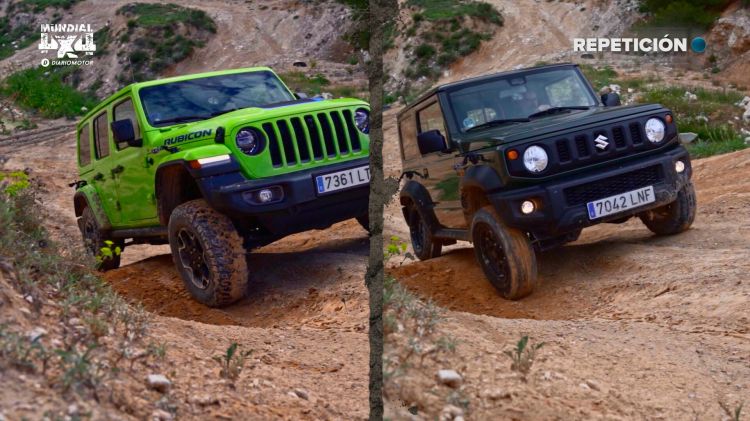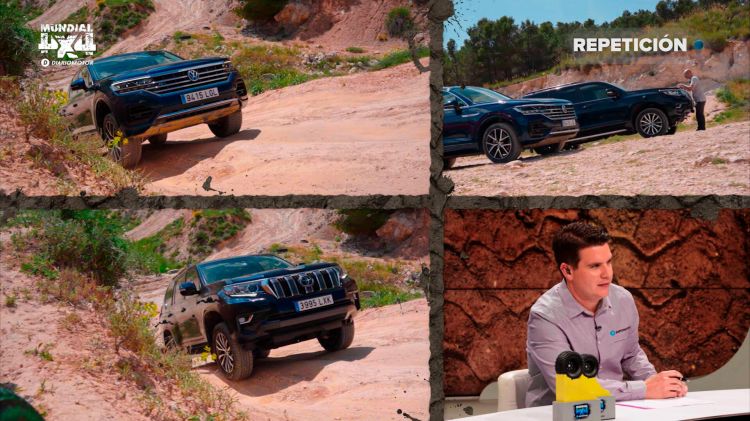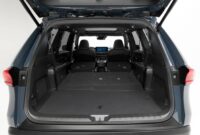To play a World Cup of any discipline, you have to establish some rules that allow you to participate and that define what “winning” consists of and what “not winning” consists of. Our World 4×4 Diariomotor has its rulesof course, and in this article we are going to go through them one by one so that any viewer with enough curiosity can be clear about the qualifying criteria that apply to all phases.
To explain the rules, we divide them into two blocks: how the 4×4 Diariomotor World Championship competition has been organized and the actual criteria that are applied to win or lose.
Competition Criteria
- All vehicles will have an off-road format and 4-wheel drive. 4×4 vehicles with less than 16 cm of ground clearance or with two-wheel drive are not allowed to participate.
- The tests will go in order of increasing difficulty, whenever it is possible to record them in that order. This allows us to get closer to the limit of vehicles from less to more.
- The cars will go in ascending order of price/weight/theoretical capacities, that is, the one that we editorially consider the favorite or the one that can damage the circuit the most in its path will go last.
- The cars will face the tests with all available traction systems active, whether or not they are necessary. This rule is to make sure that we don’t “fall short” and not make a vehicle seem less capable than it is, but always the opposite: each vehicle exhibits its maximum capabilities 100% of the time.
- All tests are performed with no inertia on the first attempt, and with as little inertia as possible on subsequent attempts if necessary. This allows us to see the difference between different drive models and assess the capabilities of the car itself, regardless of the skill of the driver.
Classification Criteria
A car will lose a heat based on the following criteria:
- Failing to pass a test that your rival or rivals have passed. No matter how well a vehicle has done in all the tests, if it stays in the last one and its rival passes, this criterion is eliminatory.
- Pass a test worse than your rival or rivals, according to the following criteria and in this order.
- Greater inertia needed. Passing without inertia is the objective, even if it is slipping or suffering; if you need more momentum than your rival, you lose.
- Greater skidding: a car that digs and kicks up dust by turning one of its wheels faster than the ground’s forward speed will be doing worse than a rival that doesn’t skid.
- Greater friction in the bottom: both in the front and rear overhangs and in the belly.
- Greater mechanical suffering. A car that turns on transmission warm-up lights, burns a tire noticeably, or is simply using the brakes to move forward, we consider to be suffering more than one that doesn’t need any of that.
- Greater loss of contact of the wheels with the ground. Here we value the suspension travel and articulation that allows us to keep all 4 wheels on the ground as long as possible.
- If the difference is not clearly appreciable, a winner will be given based on technical criteria (Daily Motor Index)
The final tiebreaker: the Diariomotor index
The Daily Motor index will only be used if both contestants have shown absolute equality and it has not been possible to establish differences between them throughout all the tests. This could happen if the tests are simple for the capabilities of the cars and they do not lose contact with the ground or traction at any time.
It is a weighted formula that assesses the following technical aspects of a car:
- Carry 4×4 traction: in this case all our participants meet this requirement.
- Reduction Gear: The reduction gear is a ratio that goes into the propeller shaft, approximately 2:1 to 4:1, and converts all gears to much lower gears.
- Differential Locks / Electronic Traction: We consider a differential lock more valuable than electronic traction control. The more blocks a car has (up to 3) the more points it gets.
- Angles:
- angle of attack (degrees)
- Ventral angle (degrees)
- Departure angle (degrees)
- Sum of angles (degrees)
- Free height (mm): it is the distance to the ground measured from the lowest point of the bottom of the car, usually the differentials.
- Wheel diameter (mm): the larger the wheel, the smaller the obstacle.
- TT / M+S tyres: all cars come with standard tyres, but they are not all the same.
- Underbody protection: gives a measure of the fragility of the car in the event of impacts in the lower part.
- Assist cameras: to see the outside of the car clearly without getting out.
- Max torque (Nm) / Mass (kg): this would be the ratio of maximum torque / mass to move, a critical factor in a 4×4
With these fixed rules, all the chapters of the world championship have been shot and evaluated until reaching the world champion. Two other things are also important to note:
- All the scenes have been recorded in a single take without cuts, to achieve the greatest possible transparency for the viewer and so that it can be seen without a doubt that there are no tricks or montages.
- No car brand sponsors the world championship, which guarantees fair and impartial treatment to all competitors
From here on, may the best man win!


